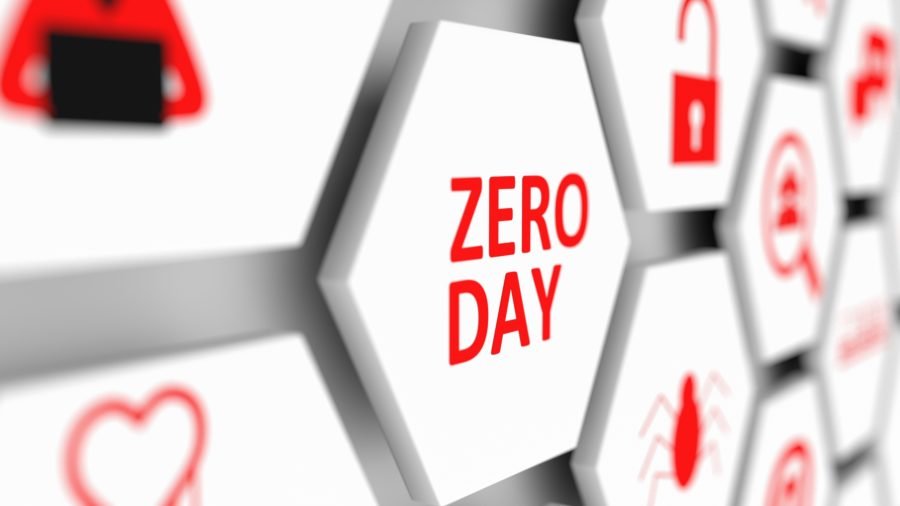Near-field communication (NFC) is a set of communication protocols that enables communication between two electronic devices over a distance of 4 cm (11⁄2 in) or less. NFC offers a low-speed connection through a simple setup that can be used to bootstrap more-capable wireless connections. Like other "proximity card" technologies, NFC is based on inductive coupling between two so-called antennas present on NFC-enabled devices—for example a smartphone and a printer—communicating in one or both directions, using a frequency of 13.56 MHz in the globally available unlicensed radio frequency ISM band using the ISO/IEC 18000-3 air interface standard at data rates ranging from 106 to 424 kbit/s.
The new NFC Forum 'Wayfinding Mark' was launched in 2021 to 'provide designers and product manufacturers flexibility'. There are two main variants of this for use with NFC tags - the 'directional' option and a 'simplified' version.
NFC Forum Wayfinding Mark
Both the simplified version (on the left) and the directional version (middle) have extra official 'instructional' variants with a hand/phone hovering over the icon.
There's also been another newcomer on the scene which is gaining a little bit of popularity. The material.io NFC icon is a square representation of a simple NFC antenna. Generally used within digital elements such as websites or Apps, the icon has also started to be used on products, printed material and other items. Material.io is described as a 'design system' and the NFC icon is a clear, obvious NFC based element.
The EMVCo contactless logo
In addition to the NFC Forum logo, there is also the Contactless Indicator logo from EMVCo. This is a very common mark that is typically used to indicate the ability to make contactless payments rather than perhaps interaction with an NFC tag.












